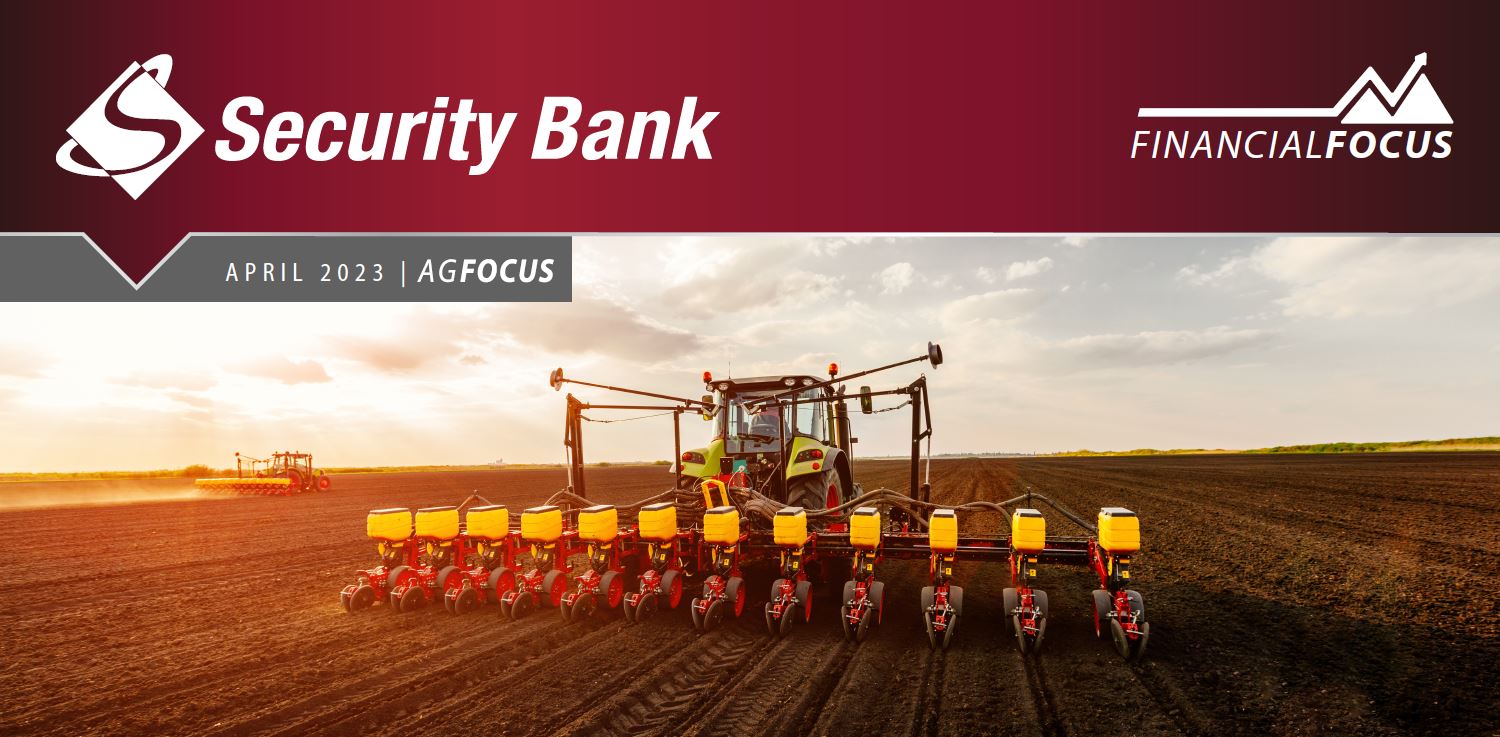
To Custom Hire or Not?
April 28, 2023
| AgFocus-Ag Focus
|
 Spring planting season is upon us! Planting season represents much more than nicer weather and being back in the fields. It also represents optimism for the coming growing season and ultimately the hope for an abundant harvest. This translates to working for strong profits that can move producers one step closer to meeting the long-term goals of the operation and family. Over the years, custom hire has been part of a lot of farm operations as an additional revenue source, or to simply help a neighbor stay caught up. This month has some good ideas to reflect on for those that are looking to do custom machine work. Spring planting season is upon us! Planting season represents much more than nicer weather and being back in the fields. It also represents optimism for the coming growing season and ultimately the hope for an abundant harvest. This translates to working for strong profits that can move producers one step closer to meeting the long-term goals of the operation and family. Over the years, custom hire has been part of a lot of farm operations as an additional revenue source, or to simply help a neighbor stay caught up. This month has some good ideas to reflect on for those that are looking to do custom machine work.

|
Careful Considerations for Custom Hire
 By Lee Potts, Vice President/Senior Credit Officer
By Lee Potts, Vice President/Senior Credit Officer
A few of our lenders have spent some time recently thinking and talking about custom hire. Over the years, most producers have at least done some amount of custom hire, whether that would have been baling a few acres of hay for someone or doing some full-blown custom harvesting on a significant number of acres, or anything in between. The University of Nebraska-Lincoln publishes some valuable data every two years showing widely accepted custom rates around the state for a long list of field operations, and broken down by region within the state. You can access that information by going to this website: https://cap.unl.edu/customrates.
While the UNL data serves as an excellent guide to determine what should be charged for various custom rates, it also makes sense to check to make sure those rates are adequate for your individual situation. There are many costs to cover when operating equipment as you know. Would you rather find out after the fact that the rate charged was not enough? Or, would you rather arrive at a rate workable for both parties that also ensures you are covering costs and making a profit?
Consider these components:
| Fuel: You know your equipment better than anyone else. How many acres per hour can you cover? What is the fuel consumption per hour or per acre? Did your account for idle time such as filling with fuel, fertilizer, seed, chemicals, etc? Calculate fuel cost per acre.
Labor: Based on how many acres per hour you can cover, what is the cost assigned to your labor per hour? What is your labor worth per hour? Or if paying a hired hand to run a piece of equipment, what is that same calculation based that person’s hourly labor rate? Calculate labor cost per acre.
Repairs: This one may be difficult to factor into the equation, but what is a reasonable expected repair and maintenance cost per acre?
Oil/Lube/DEF: Similar to the fuel cost above, covering X number of acres will take so many hours. How much oil, grease, DEF, or other servicing of equipment might that require?
Wear and Tear: This may also be referred to as depreciation. You are not writing any checks for this item, but the more hours and acres put on a piece of equipment, the more wear occurs. At some point the piece of equipment will be worn out and need rebuilt or replaced. While this cost may be out on the time horizon, it makes sense to account for that with each job to some extent. If the annual wear and age on equipment represents X% of the cost to replace, what does that translate to per acre it covers each year over its useful life to recoup that decline in value?
Taxes and Insurance: What is the cost to insure the equipment as well as things like county property taxes?
GPS: Will there be a charge to integrate with the landowners’ mapping and other crop and field data?
|
|
This may not be an all-inclusive list, but these would likely cover most of the expense items associated with operating equipment. The number may likely come close to the data in the UNL reports. The main objective is to be able to know what the cost of operating the equipment is going to be in order to know if the rate charged for custom work can be reasonable to both parties. Ultimately, most people would want to achieve the objective of ensuring that you, the owner of said equipment, do not actually lose money.
Obviously one would also need to know how many custom acres may be covered in a given year. Another way to look at it is back into the minimum number of acres needed to ensure profit or other objectives once expense items are determined as described above.
Additional calculations may come into play if the equipment being used has a loan payment against it.
Contact any of our ag lenders if you would like to learn more about your operation if you are considering doing some custom work.